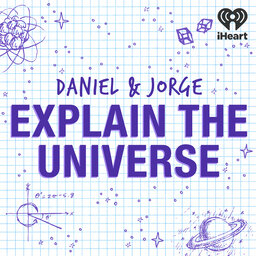What are the most common elements in the Universe?
Daniel and Kelly talk about how elements were made in the early Universe, what processes are making more of them today, and why some elements are more common than others.
See omnystudio.com/listener for privacy information.
 Daniel and Jorge Explain the Universe
Daniel and Jorge Explain the Universe


